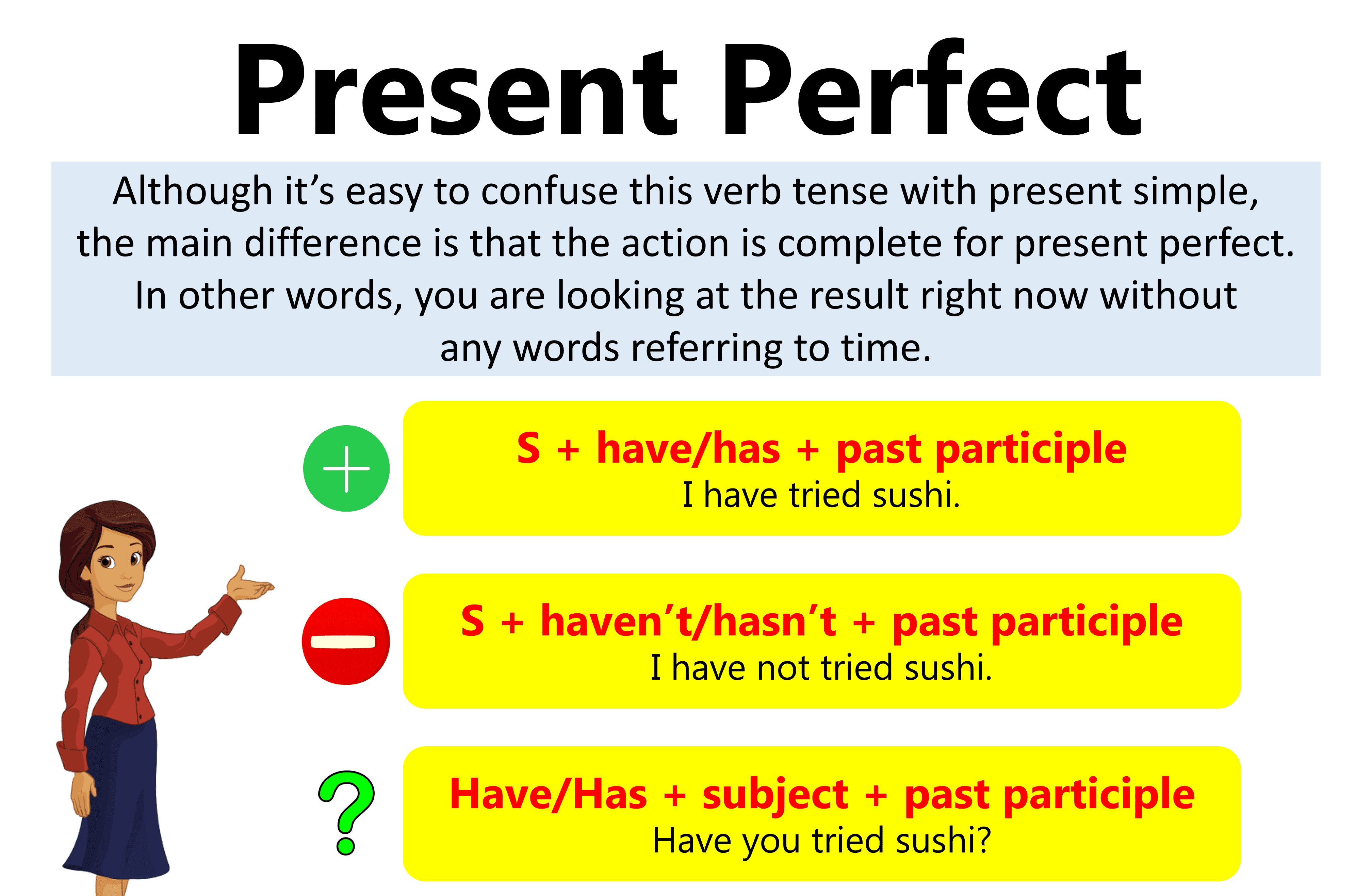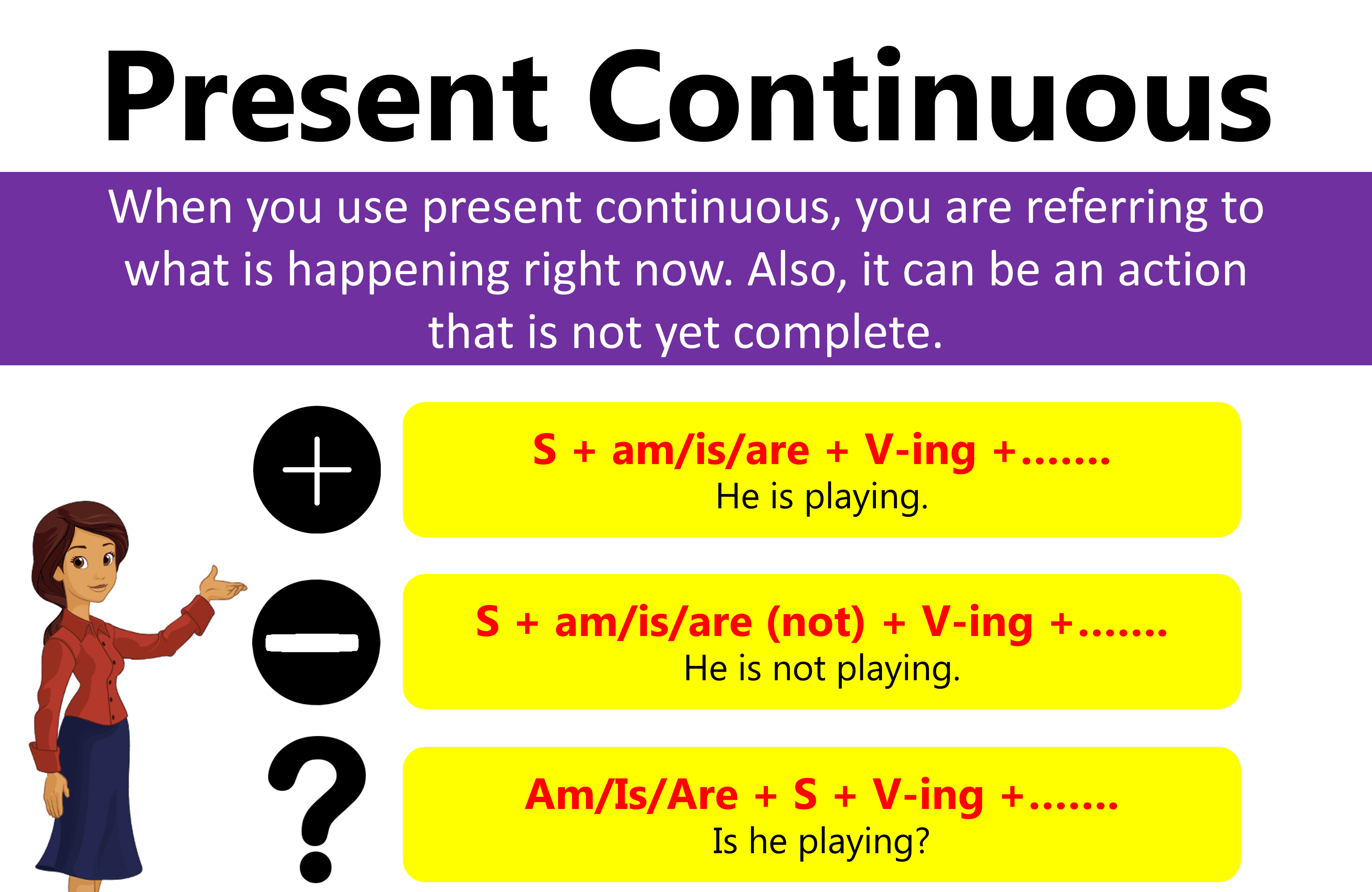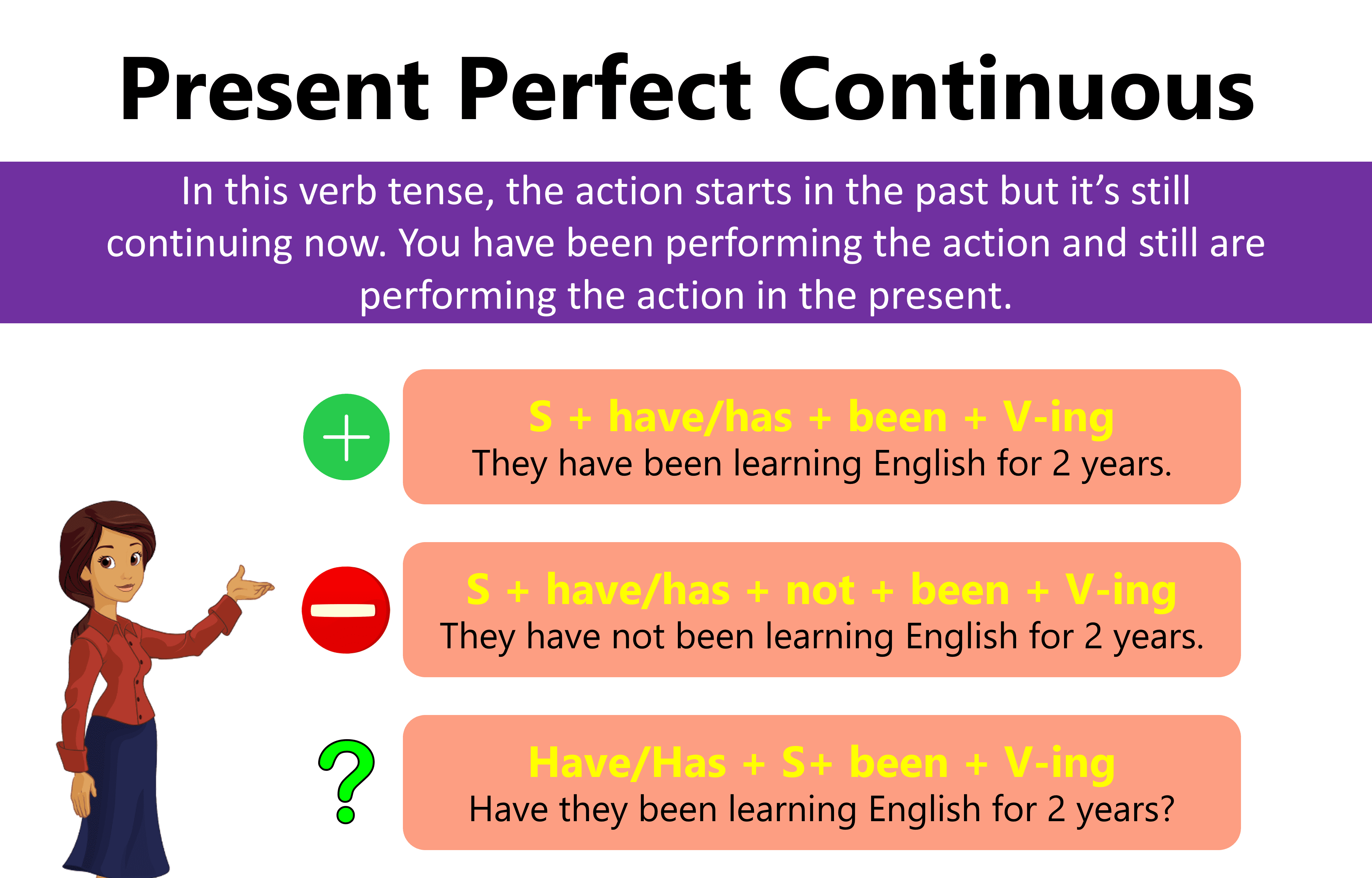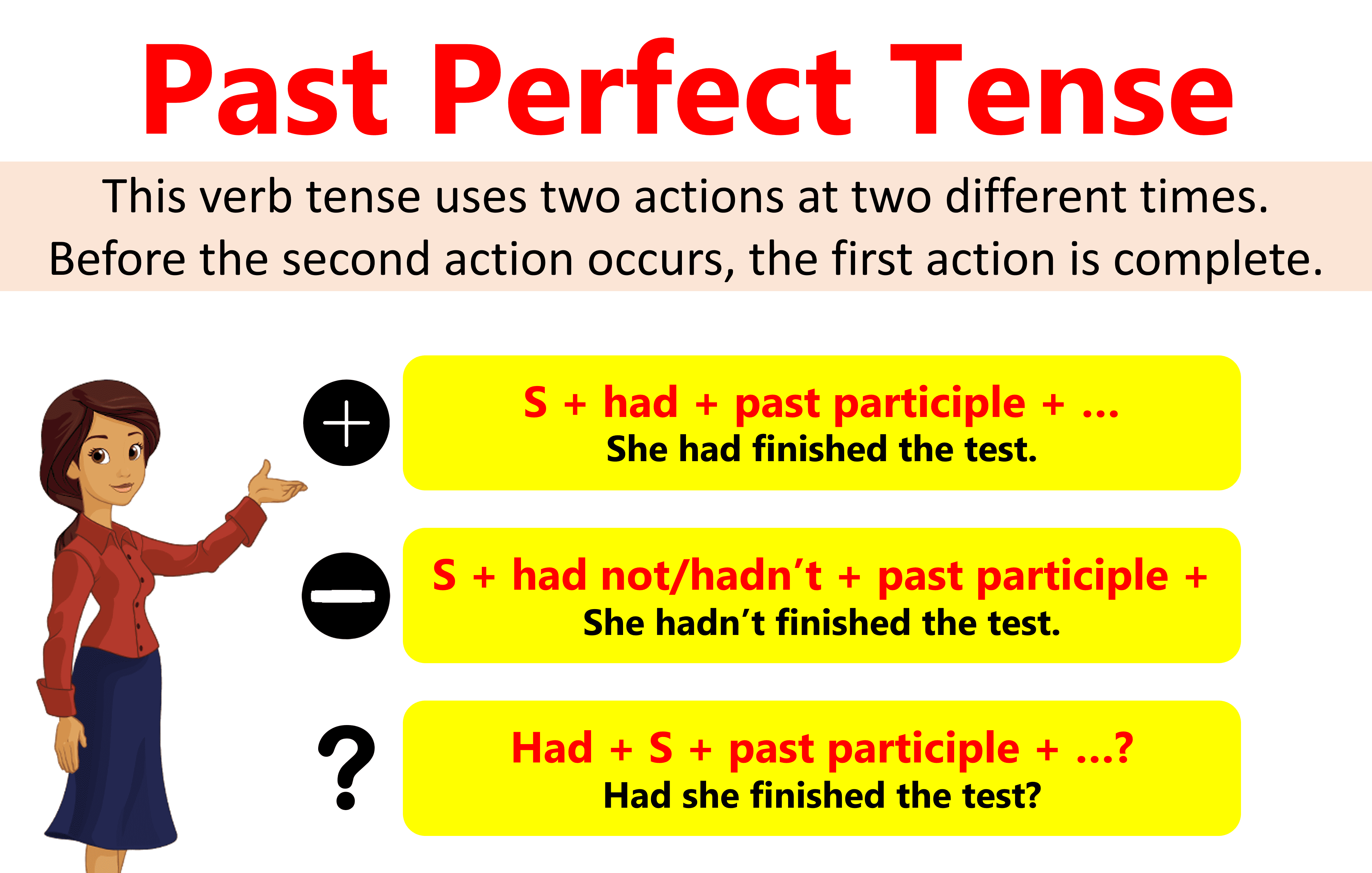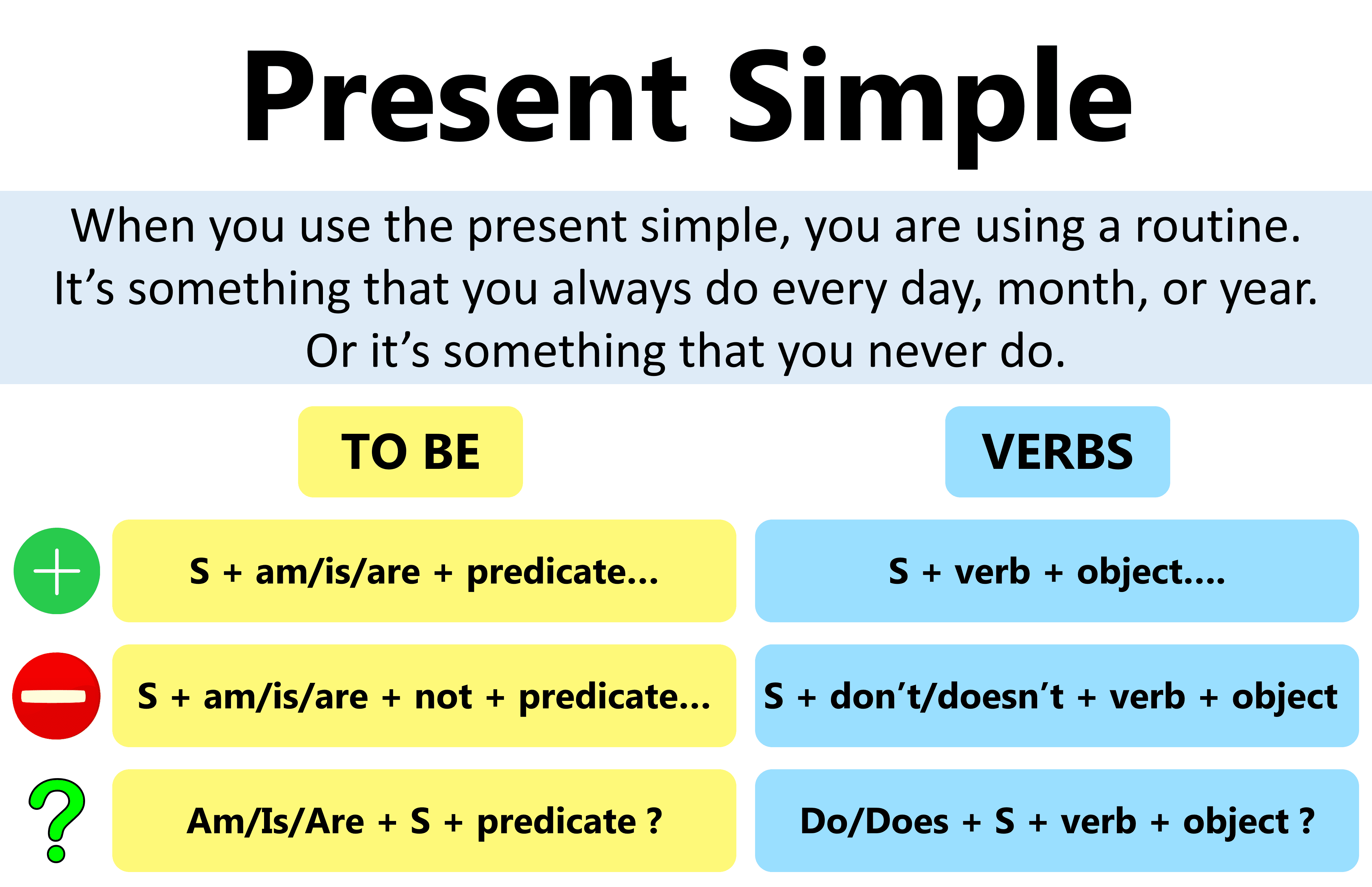In this blog post, you’ll learn the present perfect tense in English with its rules and example sentences. This lesson offers a complete guide to understanding the structure and usage of the present perfect tense, helping you improve your grammar skills. Enhance your knowledge of tenses and master how to use them effectively in English communication.
What is the Present Perfect Tense?
The Present Perfect Tense is used to describe actions that happened at an indefinite time in the past or actions that started in the past and continue into the present.
It is formed using the auxiliary verbs “has” or “have” followed by the past participle of the main verb.
Structures:
Affirmative: Subject + has/have + past participle (verb)
-
Example: I have finished my homework.
Negative: Subject + has/have + not + past participle (verb)
-
Example: She has not visited the museum.
Question: Has/Have + subject + past participle (verb)?
-
Example: Have you eaten breakfast?
Usage of Present Perfect Tense
The present perfect tense is used to describe:
- A condition or action that started in the past but is still going on now.
- An action carried out in a time frame that is not yet finished.
- A recurring act in the undetermined interval of time between the past and the present.
- A just-completed action is indicated by the adverb “just.”
- An activity performed when the timing is unimportant.
It is formed with a variant of the verb to have + the present participle (the verb form ending in -ed).
Simple Past
- Used “with adverbs that describe a time already passed” (e.g., I studied for the test on Sunday).
- Used “with an adverb that marks a specific point in time” (e.g., I have studied today).
Present Perfect
- Used “with adverbs describing a time that started in the past and continues right up to the present time” (e.g., I have studied every day this week).
- Used “with an adverb that marks a specific point in time” (e.g., I have studied today).
- Used “when speaking about an event that happened in the recent past” (e.g., I have studied night after night for this test).
Present Perfect Tense Structure
The present perfect, which is used to indicate a past action with immediate repercussions in English grammar, combines the present tense with the perfect aspect.
The structure of the Present Perfect (formula):
Structure for Affirmative Sentences:
- Subject + have/has + past participle
Examples:
- I have done that before.
- I have finished my homework.
- She has traveled to Europe several times.
- They have bought a new car.
- He has graduated from university.
- We have completed the project ahead of schedule.
Structure for Negative Sentences
- Subject + have not (haven’t)/has not (hasn’t) + past participle
Examples:
- I have not done that before.
- I have not visited Paris yet.
- She has not finished her assignment.
- They have not seen the movie.
- He has not eaten sushi before.
- We have not received the package.
Structure for Interrogative Sentences
- Have/Has + subject + past participle?
Examples:
- Have you done that before?
- Have you completed your homework?
- Has she traveled to Europe before?
- Have they bought a new car?
- Has he graduated from university yet?
- Have we finished the project ahead of schedule?
Examples of the Present Perfect Tense
- I have not seen her today.
- Have you seen her before?
- I have to visit this place.
- I had visited there for the last ten years.
- She has never studied English before.
- I have been to ten different countries.
- They have been on holiday twice a week.
- Have you taken your medicine?
- I have known Henry for 4 and 5 years.
- We lived here for 5 years.
- I have lost my dog.
- I have lost my car’s keys.
- Have you done your breakfast?
- Today he’ll be late because he missed his bus.
- He has been the owner of this company since 2002.
Usage of Present Perfect Tense
The present perfect is used:
1. To express things you have done in your life:
Examples:
- I’ve been to the United Arab Emirates.
- She has never studied English.
- I have traveled to Europe.
- She has learned how to play the piano.
- They have climbed Mount Everest.
- He has visited five different countries.
- We have volunteered at a local shelter.
2. To express the number of times you have done something:
Examples:
- I’ve been to Dubai three times.
- How many times have you tried to talk with her?
- I have visited Paris three times.
- She has read that book twice.
- They have watched that movie four times.
- He has been to Japan once.
- We have eaten at that restaurant many times.
3. To describe recently completed actions that are important now:
Examples:
- I have lost my car’s key.
- I have hurt my leg.
- I have just finished my presentation for the meeting.
- She has recently graduated from university.
- They have just moved into their new house.
- He has finally submitted his job application.
- We have recently launched our new product in the market.
4. To express situations that started in the past and are still true:
Examples:
- I have known Henry for 10 or 12 years.
- He has been the manager of that company since 2007.
- I have lived in this city for ten years.
- She has worked at the same company since graduation.
- They have been friends since childhood.
- He has known how to speak Spanish since he was a child.
- We have owned this house since 2010.
5. To describe unfinished actions or situations:
Examples:
- I have known Kiara for twelve years.
- We have lived here since 2000.
- I have been studying for my exam all week.
- She has been working on her project since this morning.
- They have been renovating their house for the past month.
- He has been waiting for the bus for over an hour.
- We have been trying to reach him all day.
6. To express the present result:
Examples:
- I have lost my job.
- Kiara has missed the bus, so he’ll be late.
- I have cleaned the house, so it looks spotless now.
- She has studied hard, and as a result, she has passed her exams with flying colors.
- They have saved enough money, so they can finally go on vacation.
- He has exercised regularly, and now he feels much healthier.
- We have finished our work early, so we have the rest of the day free.
Time Adverbs in Present Perfect Tense
The present perfect tense is commonly used with indefinite time adverbs (time expressions).
- Just
- Already
- Yet
- For
- Since
- Never
- Ever
- Still
Adverb Placement in Present Perfect Tense
Placing adverbs in the present perfect tense follows a particular structure. Generally, adverbs are placed between the auxiliary verb (“have” or “has”) and the main verb (past participle form). However, there can be some exceptions, especially with adverbs of frequency.
Here’s the structure: Subject + (have/has) + adverb + (past participle)
Between have/has and the past participle:
- She has finished her homework.
- They have visited that museum frequently.
- He has never traveled abroad.
- We have redecorated our living room recently.
- I have read the instructions carefully.
Before the auxiliary verb have/has (common with adverbs of frequency):
- She has visited that museum frequently.
- They have traveled abroad rarely.
- He has been late for work never.
- We have heard this story before often.
- I have seen such dedication seldom.
After the past participle (rare but possible for emphasis):
- She has finished her homework already.
- They have visited that museum frequently.
- He has traveled abroad never.
- We have redecorated our living room recently.
- I have read the instructions carefully.
Present Perfect Tense Chart
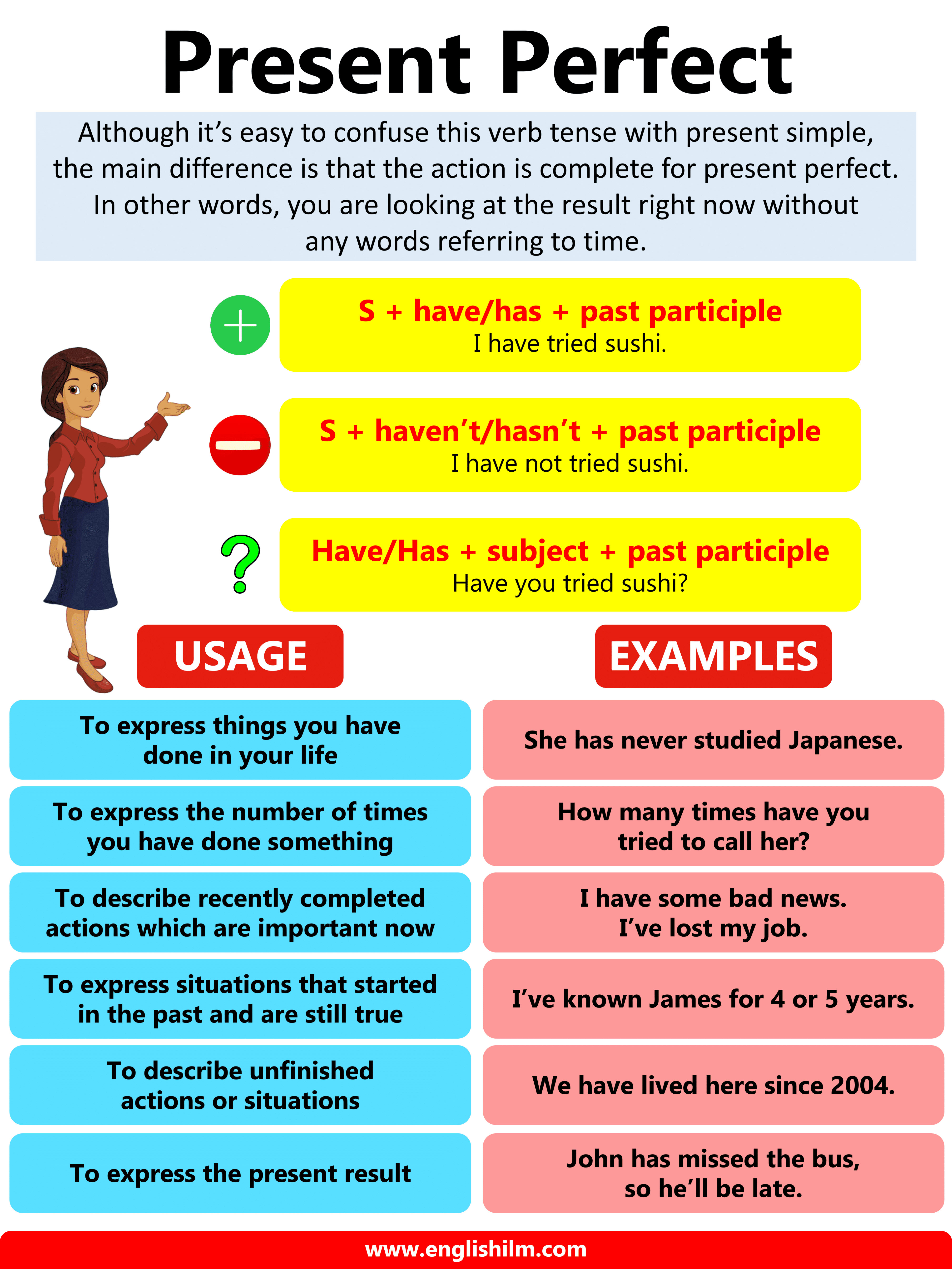
Read More

